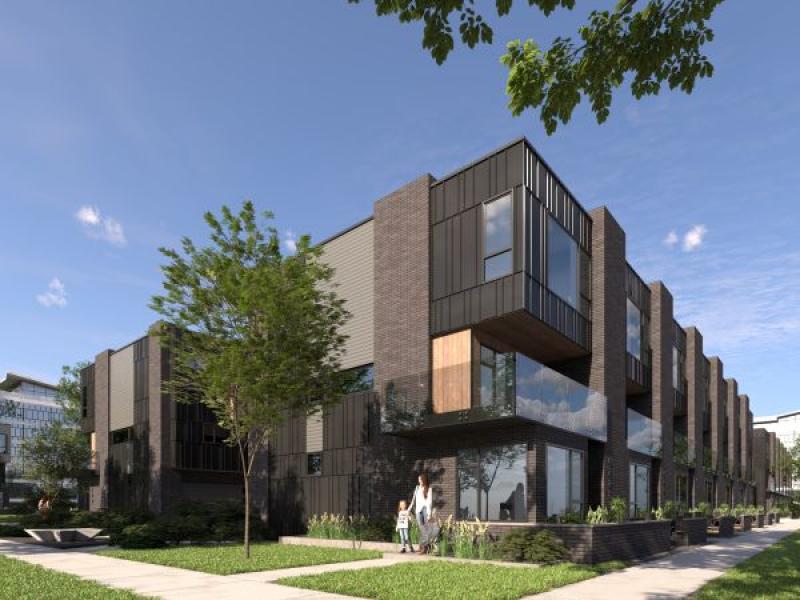The short answer to the question of whether there is a solution to our housing affordability situation is: Yes.
The longer and more complicated answer is also yes: IF all three levels of government work together to help solve this crisis.
Although the public and the media tend to blame this situation on homebuilders, this accusation is misplaced. Builders want to build more homes more quickly, but their hands are often tied by intricate networks of red tape.
In a recent report from Canada’s Economic Strategy Tables entitled Resources of the Future, Canada was ranked 34th out of 35 OECD countries when the average time to get regulatory approval for a construction project was considered.
It is not just Canada’s construction industry that is suffering from overly complex regulatory systems. Our country has the third-largest per-capita natural resource endowment in the world, ranks in the global top quartile in environmental performance, ranks fourth among Organisation for Economic Co-operation and Development (OEDC) member countries in environmental policy stringency, and our safety standards here are among the highest globally.
A lot can happen in a decade
Our current system adds costs to and delays projects, as well as hampering innovation. This has to do with the resource sector - but look at the first statistic again – the one that involves construction.
This red-tape situation is nothing new to builders. For years, new home builders and developers have been saying the approvals process for new housing has gotten out of hand, creating unreasonable wait times and driving up the cost of homes.
It can take 10 years or more for a developer to get approvals for a piece of land. Putting that in perspective, 10 years ago, no one planned on the number of immigrants we’d have today. It’s difficult to bring in immigrants and have no housing available for them.
CMHC wants 5.8 million homes built by 2030. Builders are prepared to do this, but governments have to do their parts as well to make that happen.
In November, the City of Vaughan and Mayor Steven Del Duca adopted a new Development Charges Rate Reduction and Deferral Policy to support residential development. This is an admirable example of what municipal governments can do to boost the financial viability of future residential projects.
It's a good time to buy, if you can
Both resale and new home sales are on the road to recovery, making right now a great time to buy, although many potential buyers are sitting on the sidelines because of uncertainty.
Mortgage rates are lower than they have been in quite a while. Since June, we have seen six consecutive interest rate cuts from the Bank of Canada, taking the key interest rate from five per cent to three per cent.
As we progress further into the new year, we expect more cuts, likely until we get to 2.5 per cent.
Supply, especially new high-rise units, is also healthier than it has been in a while. To use a cliché, it’s a buyer’s market now, with builders and developers willing to negotiate on prices and incentives. This is not likely to be the case in a couple years.
Home prices in the Toronto area are forecast to increase by five per cent by the end of 2025. That will push the average home price to $1.2 million.
Proposed changes to Toronto’s housing supports would see higher-income households earning up to $160,000 eligible for assistance (up from the current $102,000 cap). In the face of all the above, that is great news.
Builders aren't building
But at the moment it is not financially viable for builders to construct affordable housing. Development charges and approvals timelines must come down.
We also need more incentives for builders to turn to factory-made housing, the way Sweden has.
BILD has urged comprehensive solutions to the crisis in Toronto, including the city enlisting assistance from higher levels of government to create a strategy that can address the financial viability of sidelined housing projects.
Currently there are upwards of 37,000 units stalled in the development process.
Other strategies include encouraging public/private partnerships and developers leasing land for 99 years rather than purchasing it. In the meantime, parents and grandparents continue to gift financial help to their offspring, enabling some buyers to enter or move up in the marketplace.
There is a solution, but it will require cooperation.







